July 22, 2021; Derek Kimbro, i2i Client Development Executive
In all aspects of health care, from scheduling appointments and sending reminders, to post-treatment follow-up, organizations are striving to find the best ways to communicate, and text messaging is a low cost, efficient, and universal way to enhance communication with patients.*
With a 98% open rate, text messaging is an effective means of communicating. Texting has a 209% higher response rate than phone, email, or Facebook. Not only is texting effective, but it is one of the quickest ways to reach someone – 90% of text messages are read within 3 minutes of receipt. Because text messaging is so effective in reaching the recipient, it is the best way to communicate emergency updates. When thinking about reaching patients for important medical updates, texting is an option to ensure they are receiving, reading, and responding to vital information.
Text messaging is universal. While not everyone has a smartphone, 5 billion people worldwide can send and receive text messages, making it a more certain method of communication compared to custom apps or email. Texting is especially helpful in reaching specific demographics. For example, 95% of 18-29 year-olds and 67% of 50-64 year-olds use text messaging. Around 75% of consumers worldwide prefer text messaging over other forms of communication. Implementing text messaging in your practice can widen the scope of communication and allow you to reach more patients.
Texting can be used to encourage preventative care. Especially for patients with busy lives, receiving a text reminder to schedule their annual visit can be the difference between a no-show and a visit. Texting can also be used to promote health awareness and education. Educational texts about wellness allow patients to become more cognizant without ever stepping foot in a provider’s office. Reminding patients via text about wellness visits and medication compliance is a proactive action that allows patients to maintain better health, improving not only the quality outcomes of the organization but also, and more importantly, the overall wellbeing of the patient.
Texting can also help the day-to-day flow of your practice. Texting opens up a line of conversation between patient and provider that can build trust and rapport. Missed appointments happen, and appointment reminders can be key to increasing attendance rates, which ultimately leads to better patient care. With continual communication from their provider, patients will likely be more informed and thus feel empowered to take charge of their healthcare. This ultimately leads to healthier patients.
How text communication is helping i2i customers. With text messaging proving to be one of the most effective forms of communication, our customers use text messaging for appointment reminders, monthly education, post visit follow up and more. Customers with features such as i2i’s Unregistered Patient Manager also utilize text to usher new patients in for their first visit, building a relationship with the community for improved health. Text communication allows for mass outreach, or 1:1 messaging and internal communication for staff members.
If you have questions about i2iMessaging or want to see more of our capabilities and how to get the most out of adding text as a daily tool for serving your community, reach out to us today.
